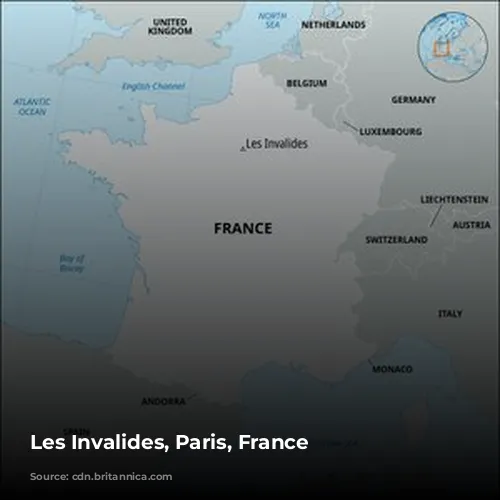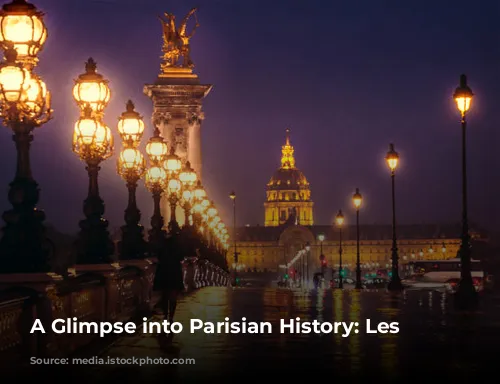Les Invalides, a grand complex of buildings and courtyards in the heart of Paris, stands as a testament to France’s rich military history and architectural prowess. This sprawling monument, originally designed to care for disabled veterans, has evolved over time into a multifaceted site, encompassing museums, tombs, and even a functioning church.
A Royal Vision: Birth of a Military Sanctuary
King Louis XIV, known as the “Sun King,” envisioned a place to honor the sacrifices of his soldiers. This vision materialized in Les Invalides, a complex built to provide housing, care, and a place of worship for veterans. The bulk of the buildings were completed in 1676, under the direction of the architect Libéral Bruant. However, Bruant struggled with designing the church, which was intended for both residents and the king. His initial design for the nave eventually became the soldiers’ chapel, while a new architect, Jules Hardouin-Mansart, renowned for his work on the Palace of Versailles, was commissioned to design the royal chapel.
A Hybrid Church: Where Gold Meets Faith
Mansart’s masterpiece, the Dome Church, stands as a testament to architectural brilliance. Its gilded exterior and frescoed interior create a breathtaking spectacle. The fresco, painted by Charles de La Fosse, depicts King Louis IX, a revered French king, presenting his sword to Christ. The two chapels, linked by an oval sanctuary, blend seamlessly, creating a harmonious blend of grandeur and spirituality. This unique structure, dedicated to Louis IX, the patron saint of soldiers, is a reflection of the deep connection between faith and military service in France.
Beyond Warfare: A Tribute to Heroes and Memory
Les Invalides continued to evolve beyond its initial purpose, becoming a site of national memory. In the aftermath of the French Revolution, the Dome Church’s crypt was transformed into the tomb of Napoleon I. The tomb, designed by the Italian architect Louis-Tullius-Joachim Visconti, features a red porphyry sarcophagus, showcasing Napoleon’s grandeur even in death. Other prominent figures, including Napoleon II, Joseph and Jérôme Bonaparte, and numerous military leaders, also rest within the Dome Church.
The soldiers’ chapel’s crypt, known as the Cave of Governors, is the final resting place for other notable figures, including Claude-Joseph Rouget de Lisle, the composer of the iconic French national anthem, “La Marseillaise.”
A Legacy of History and Military Might
Today, Les Invalides is a captivating blend of historical significance and modern functionality. It houses the Army Museum, a vast repository of arms, armor, paintings, and decorations that span the entirety of French military history. Visitors can also explore the Museum of the Order of the Liberation, dedicated to French heroes of World War II, and the Musée des Plans-Reliefs, showcasing intricate relief models of fortified cities, offering a glimpse into military strategy and tactics.
Despite its historical significance, Les Invalides remains a vital part of France’s military present. A military hospital still operates within the complex, and the headquarters of the military governor of Paris is located there. The soldiers’ chapel continues to serve as a Roman Catholic house of worship, now known as the Cathédrale St.-Louis des Invalides.
Les Invalides stands as a powerful reminder of France’s rich military heritage, showcasing the nation’s victories and losses, while honoring the sacrifices made by its soldiers throughout the centuries. This iconic complex offers a journey through time, where history, faith, and military legacy intertwine, creating an unforgettable experience for visitors from around the globe.










